(NLDO) - The results of fMRI brain scans of some volunteers show the horror of the objects found in the hands of sacrificed Aztec victims.
A research team led by neuroscientist Sascha Frühholz of the University of Zurich (Switzerland) tested the effects on the human brain and psychology of the famous "death whistles" of the Aztec civilization.
The Aztecs were an ancient civilization that flourished in central Mexico from the 14th to the 16th centuries.
From a small tribe, the Aztecs conducted conquests and built a powerful empire with magnificent cities and a rich and unique culture.
In artifacts found from ancient Aztec cities, the "death whistles" are notable for their terrifying skull shape as well as the chilling sound they emit.
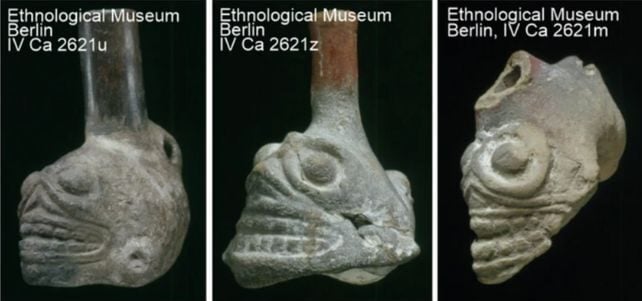
Three Aztec "death sirens" in the collection of the Berlin Ethnographic Museum - Germany - Photo: BERLIN ETHNOGRAPHIC MUSEUM
Several versions of Aztec "death whistles" have been found in Aztec tombs dating from 1250 to 1521. They were held by victims of sacrificial anaesthesia.
Dr. Frühholz believes that the whistle may have been designed to symbolize Ehecatl, the Aztec god of wind.
The authors recruited 70 volunteers to assess whether the Aztec "death siren" was as terrifying as the legends said.
Volunteers were played a number of random sounds, including the sound made by an Aztec whistle.
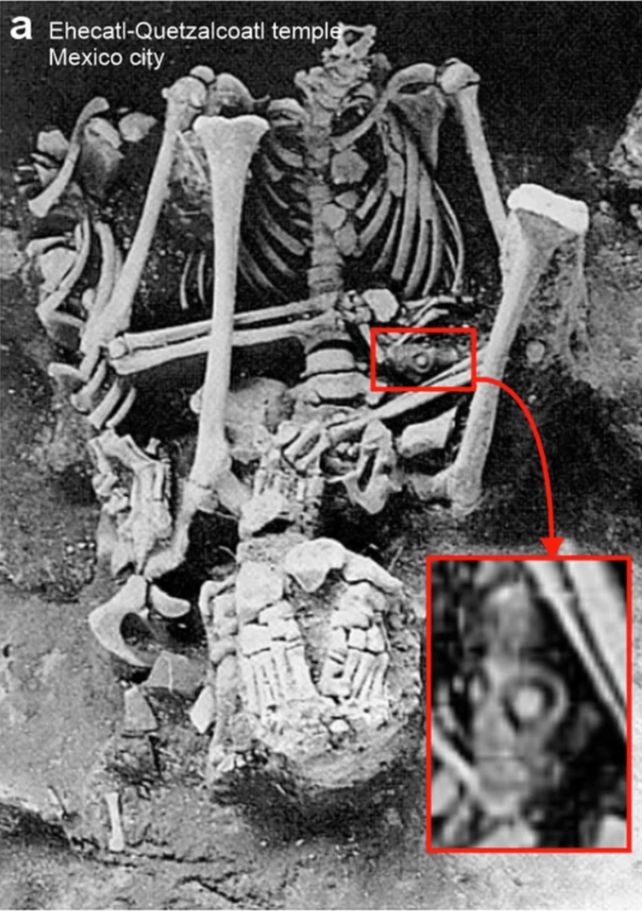
The remains of a victim who was sacrificed with a "death whistle" in hand - Photo: INAH Mexico
They did not know the origin of the whistle in advance but all felt extremely uncomfortable and scared when this characteristic whistle sounded. A sound that was described as creepy and indistinguishable from natural or artificial sound.
Thirty-two of the volunteers were further tested through fMRI brain scans.
The results showed that their brains were actually confused, unable to classify the sound from the "death siren" as other types of sounds.
The authors explain that a natural mechanism allows our brains to categorize all the sounds we receive as input, before assigning them a certain value, such as like or dislike.
The Aztec death whistle, however, creates something of a strange mix of natural and artificial sounds.
“When something doesn't fit into a clear category, ambiguity makes us feel uncomfortable,” explains Dr. Frühholz.
First, the siren stimulates the lower auditory cortex in the temporal lobe, which is responsible for unpleasant sounds such as screaming, crying babies, etc. This stimulation directs other brain regions to continue to analyze further.
The creepy siren also stimulates both the inferior frontal cortex — which processes complex sound categorization — and the medial frontal cortex, a region involved in associative processing.
This "random" activation leads to a complex series of processes to compare, contrast, classify, and finally put it into a separate group.
The brain perceives it as both a siren or a gunshot, and as closely resembling human sounds expressing fear, pain, anger, and sadness.
Overall, it gives our brains a cluttered mess of negative signals.
The study, published in the journal Communications Psychology, also notes that the nature of the whistle suggests it was intended for ritual purposes that required it to strike fear into participants rather than to intimidate enemies in battle.
Source: https://nld.com.vn/nghe-coi-bao-tu-tu-mo-nguoi-aztec-70-nguoi-co-trieu-chung-la-196241120111956345.htm




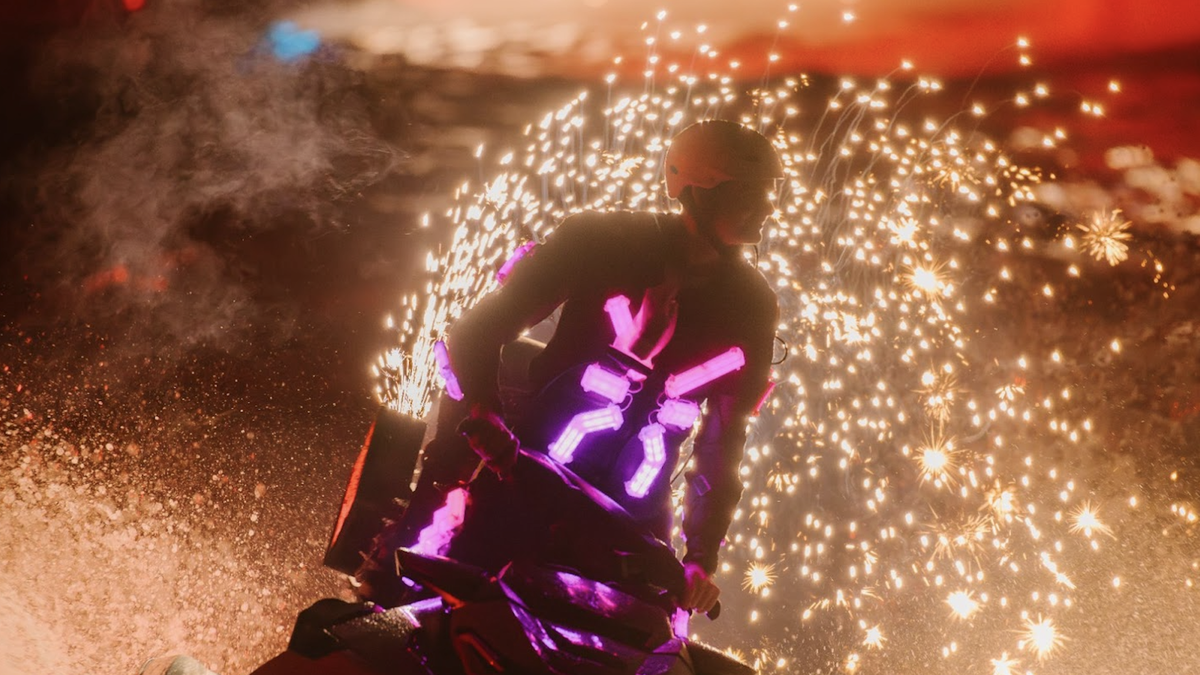
















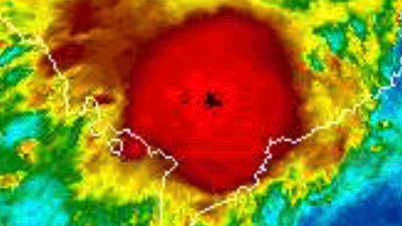










![[Photo] General Secretary To Lam meets with Chairman of the Federation Council, Parliament of the Russian Federation](https://vphoto.vietnam.vn/thumb/1200x675/vietnam/resource/IMAGE/2025/5/10/2c37f1980bdc48c4a04ca24b5f544b33)
![[Photo] Ho Chi Minh City: Many people release flower lanterns to celebrate Buddha's Birthday](https://vphoto.vietnam.vn/thumb/1200x675/vietnam/resource/IMAGE/2025/5/10/5d57dc648c0f46ffa3b22a3e6e3eac3e)


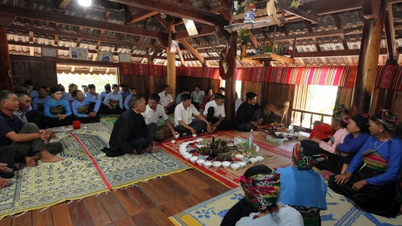












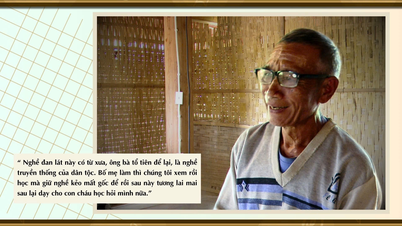



















































Comment (0)